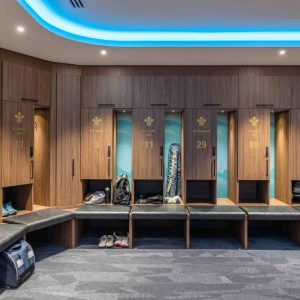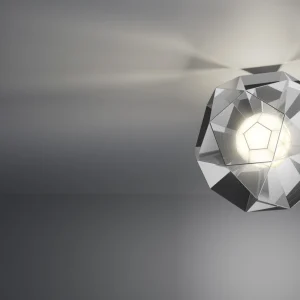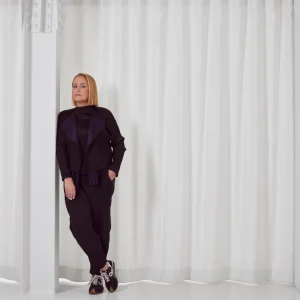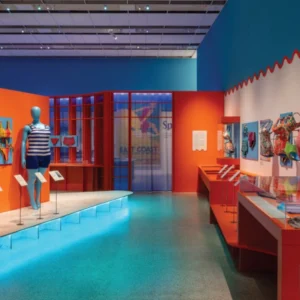Ambitious but controversial plans are under way to bring to public Cleopatra’s submerged palace via an immersed fiber-glass tunnel. Drawn up by Jacques Rougerie, French architect and a veteran of water-based construction projects, the design would enable a close-up view of the underwater monuments.
Franck Goddio, a marine archaeologist who is currently touring Europe with a selection of artifacts already dredged up from the Alexandrian coastline is also promoting the idea.
The museum will be built near the New Library of Alexandria, where the famed queen of Egypt is believed to have sheltered herself with her lover Marc Antony, before taking her own life.
But as preparation begins, funding and technical problems are proving to be divisive and controversial. Funding for the museum, which will cost up to $140 million, has not yet been secured.
While the government has pinned its hopes on private companies and organizations to chip in for the project, a member of the architectural team admitted to The Guardian that ‘nobody is clear about where the financing will come from’.
The project is also facing some technical challenges like a way to combat the bay’s notoriously murky waters to improve visibility in the tunnel, and the problem of ensuring the structure is strong enough to withstand underwater currents.
If everything falls into place, construction is expected to begin in early 2010 and reach completion in two-and–a-half years, states Ariel Fuchs, a scientific director at Rougerie’s firm.
With ancient Alexandria being one of the world’s great centers of civilization, divers have unearthed thousands of historical objects since excavations began in the eastern harbor in 1994. These include 26 sphinxes, several vast granite blocks weighing up to 56 tons each, and pieces of what is believed to be the Pharos of Alexandria lighthouse, one of the seven classic wonders of the world.





